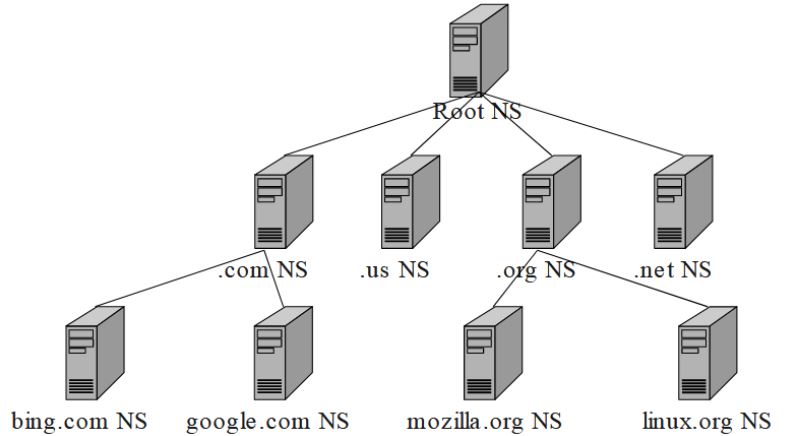What is DNS?
DNS are the initials of the words Domain Name System. DNS is a table on a server that everyone has access to, to which an IP has been assigned a domain name. So when someone writes a URL, then, for example, the internet provider that gives us internet access looks in fractions of a second in such a DNS table. The DNS responds; therefore, it connects to this IP – to the server and brings the contents of the web page to the person who called it.
Because to see a website, we must refer to its IP since the domain itself is just a “friendly name” that we must remember. So since we remember it by typing it, we can enter it without having to type its IP, since DNS does this job.

Domain names are the readable URLs we use every day. For instance, Google’s domain name is google.com. You must enter google.com in the web browser address bar if you want to visit Google. However, your computer does not know where “google.com” is located. In the background, the Internet and other networks use numeric IP addresses. One of the IP addresses used by Google.com is 172.217.0.142. If you typed this number in the web browser address bar, you would also end up on the Google site.
The DNS protocol is an application layer that allows computers, hosts, routers, and DNS (Name Servers) to communicate to resolve names (translate names into IP addresses). It is a basic function of the backbone of the Internet, where any machine and service perform DNS searches. Results from remote name servers are temporarily stored in local memory to improve performance.
DNS Root

Assigning domain names to IP addresses works in a hierarchical order using DNS zones. Root servers serve the root zone at the top of the hierarchy and publish the root zone file. This is the global list of top-level domains (TLDs) and contains the general TLDs (.com, .net, .org) and TLD country codes. The root zone comes from the Internet Assigned Numbers Authority (IANA), part of the Internet Organization for Assigning Names and Numbers (ICANN). For DNS to work, it uses the nodes of this database, which are the name servers (Name Servers) located in different parts of the Internet, to work together and inform us about which name corresponds to which IP address and vice versa. The namespace hierarchy corresponds to a corresponding hierarchy of nameservers.
DNS Servers
The DNS protocol is an application layer that allows computers, hosts, routers, and DNS (Name Servers) to communicate to resolve names (translate names into IP addresses). It is a basic function of the backbone of the Internet, where any machine and service perform DNS searches. DNS is organized as a distributed database using the client-server model. Results from remote name servers are temporarily stored in local memory to improve performance.
The DNS server only has some of the name matches of IP addresses. Multiple DNS servers may need to be queried to find a specific match. Each zone must have a primary server and a number of secondary servers. The primary server maintains a zone file with the original zone information. The secondary server maintains copies of the data stored on the primary server.
The database can be dynamically updated by adding, deleting, or modifying any information. When a host is added to a zone, the administrator adds the host information (IP address and name) to a file on the central server. Almost every organization, company, university, or provider has a local name server, also known as the default server. When a query is asked, it is sent to the local server, which acts as an intermediary and forwards the query, if required. If the local name server does not know where to find the address that corresponds to a computer’s name, it asks the servers of other domains, reaching up to the root servers, if necessary.
The DNS protocol is of the client-server type and belongs to the application level of the TCP / IP model. The DNS protocol supports the conversion of names to addresses (resolution, resolution) and the updating of data between the name servers. The DNS client is called a resolver.
Name resolution is the process by which name parsers and servers work together to find data within the namespace. To find data, the name server only needs the name and IP address of the top (root) name servers. Top servers know all top-level domains and can indicate which servers to contact.


